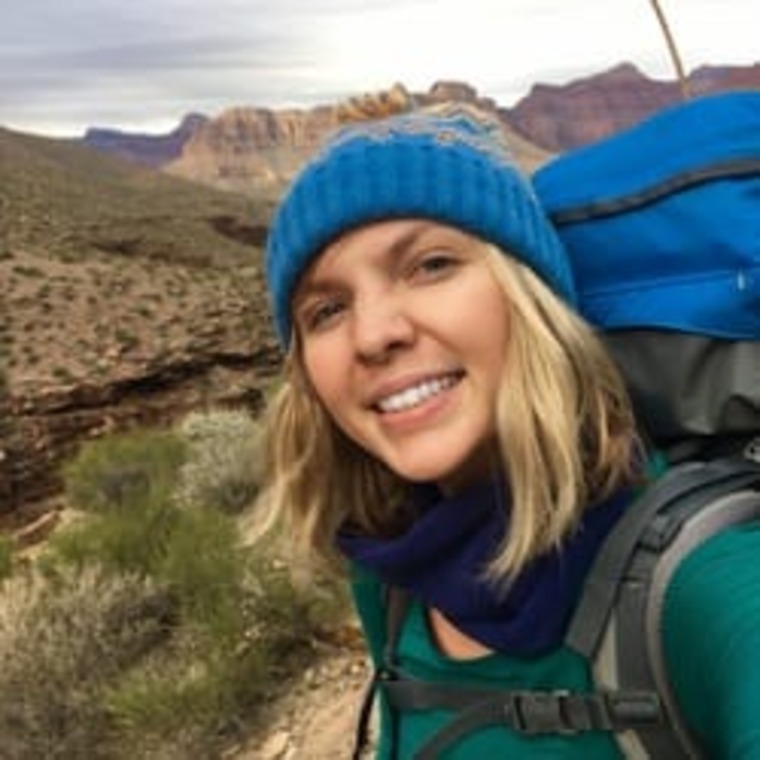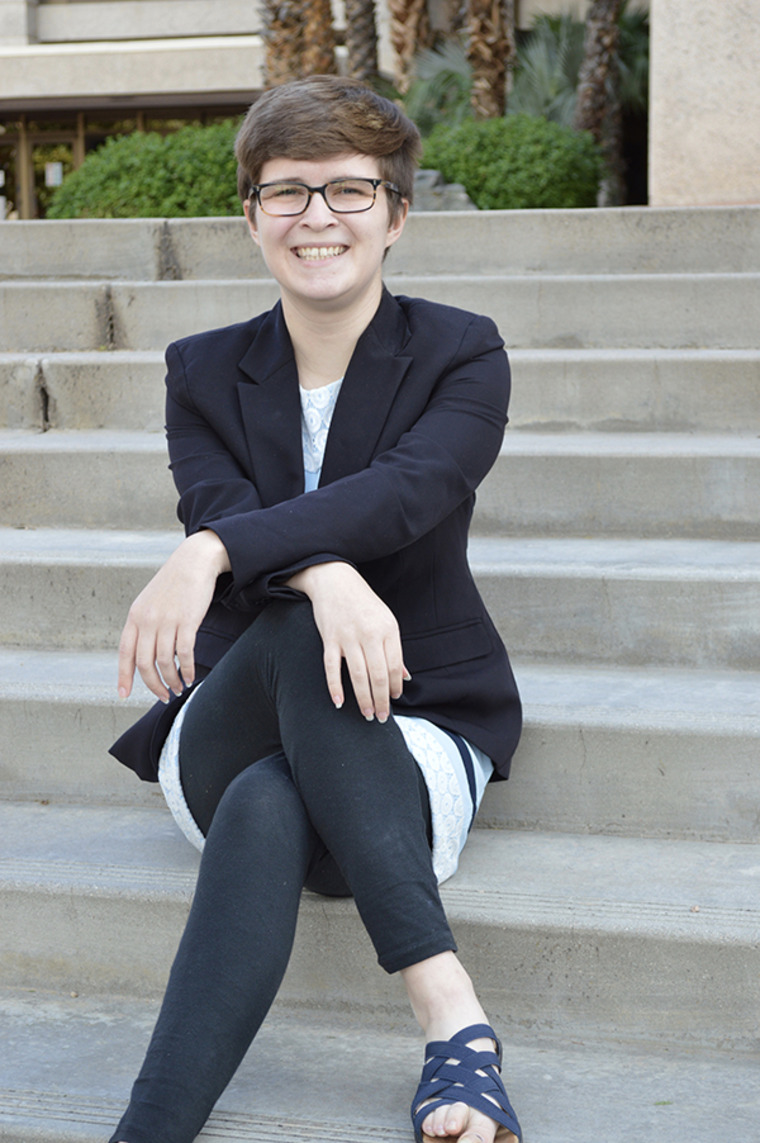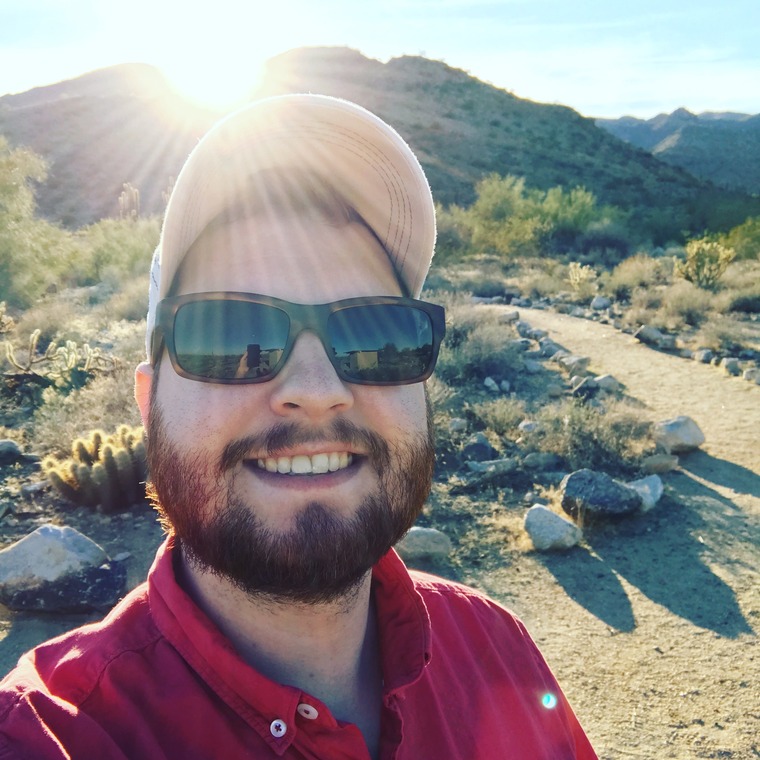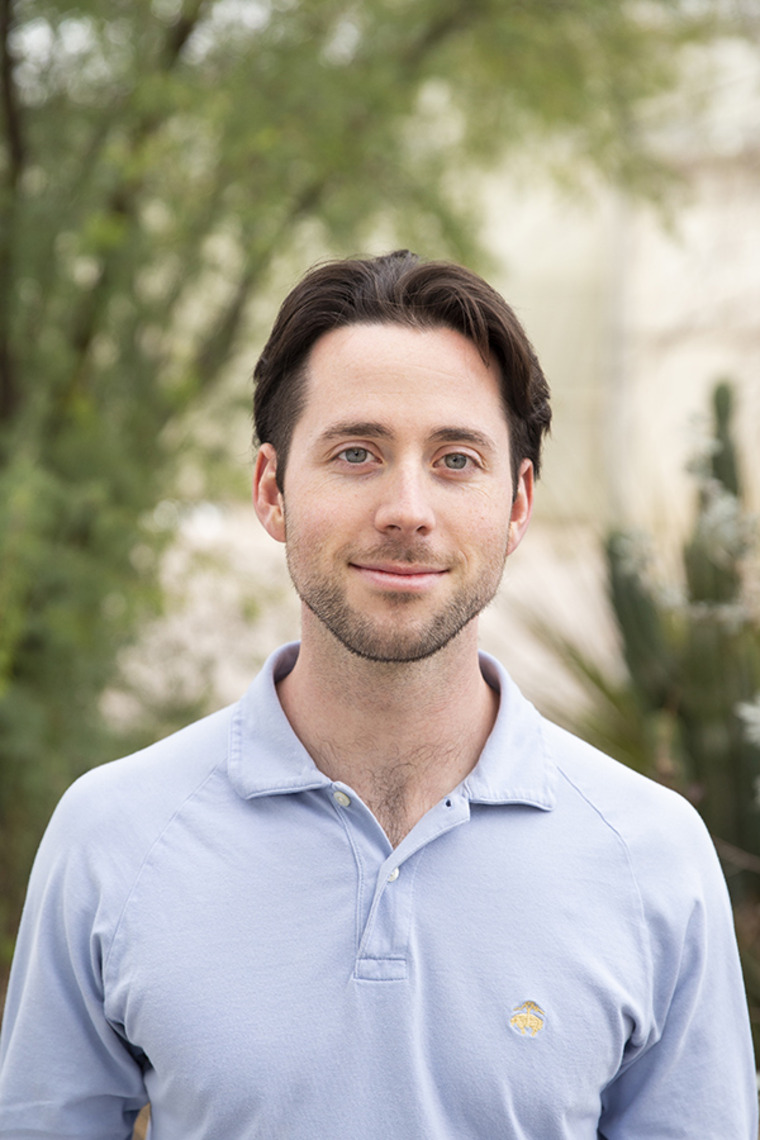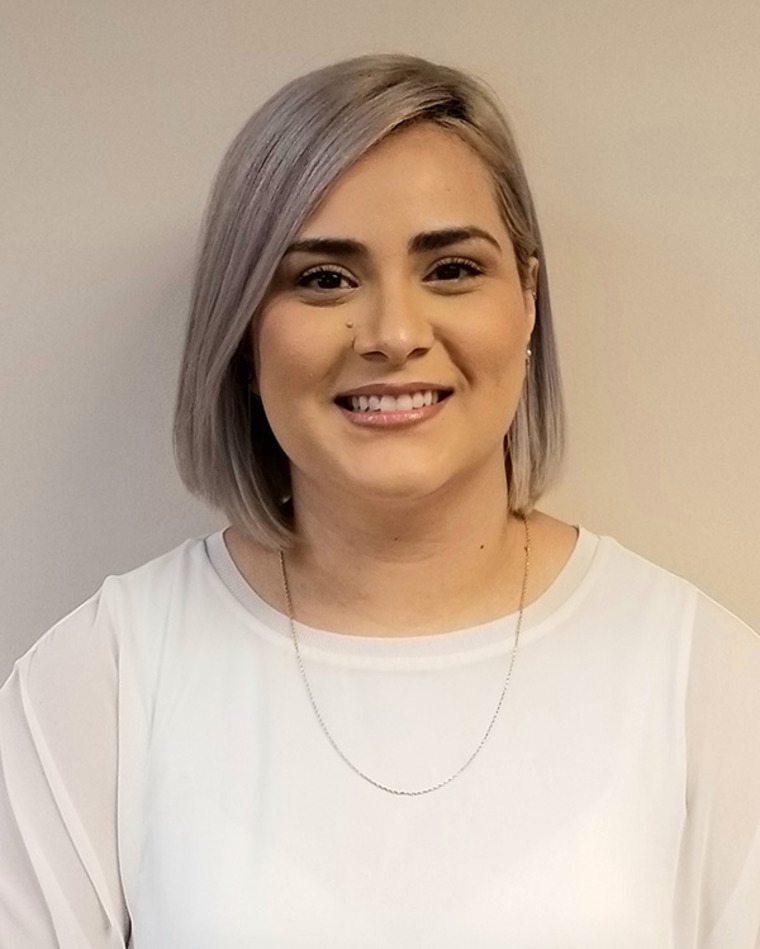Dawson Fairbanks
I am a PhD Candidate in the Department of Soil, Water and Environmental Science. My work is rooted in microbial biogeochemistry and global change. Microbes are the unseen majority of biodiversity on Earth and are important to understanding ecosystem responses to climate change. Still relatively little is known about the functional redundancy and community interactions of microbes at the landscape scale. My research seeks to bridge the gap between microbiology and soil processes. I examine microbial distribution and responses to environmental perturbations, such as fire disturbance and pulsed precipitation dynamics. I work with the Critical Zone Observatory network to understand microbial processes in a multi-disciplinary, model-supported ecosystem framework. I am also committed to science education and outreach and participate in various community and K-12 outreach activities in Tucson.
My career path as an environmental research professional has been a winding one. Before I began graduate school to train as a microbial ecologist, I worked in land management with the Forest Service as a Wildlife Biological Science Technician. After graduating college, I worked as an Americorps service volunteer working on various restoration projects in the Southwest. My UA/NASA space grant project seeks to tell the stories of individuals who apply STEM knowledge in order to study, conserve and restore natural ecosystems. I aim to highlight the intersection between research advancement and applied science, showing how science informs land management practice and policy decisions to steer us toward sustainable solutions. In my experience, I have seen a fundamental disconnect in transferring science to environmental management and policy. My project will highlight the stories of young professionals who help society manage interactions between humans, the environment and the economy through video story-telling and in-person outreach. I am creating a video mini-series in coordination with UA Flandrau Science center that highlights the stories and varied career paths of individuals using science-backed conservation techniques to meet land management goals and inform policy. The second aspect of my project aims to distribute the video series by organizing various panel discussions and a Science Café Series that will also provide a platform for discussion on this topic.


